||| FROM EMMA HELVERSON for WILD FISH CONSERVANCY |||
In a shocking ruling for Endangered Species protection, a Ninth Circuit Court approved a request by NOAA Fisheries, the State of Alaska, and the Alaska Trollers Association that will allow commercial troll fishers in Southeast Alaska to continue over-harvesting depleted Chinook salmon, jeopardizing the recovery of both wild chinook and critically endangered Southern Resident killer whales.
The lower Court decision was set to close the fishery beginning on July 1st, in just ten days. Now, despite numerous environmental violations and ongoing harm found by a federal District Court, the stay will allow the fishery to continue operating while the Ninth Circuit considers the case on appeal.
“The economic, ecological, and cultural cost of losing Southern Resident orcas and wild Chinook is unfathomable. It is unfortunate that the Ninth Circuit determined the short-term economic interests of Southeast Alaska commercial harvesters should be prioritized over the long-term interests of all current and future generations of First Nations, Tribal Nations, and communities throughout the Pacific Northwest who depend on these iconic species,” said Emma Helverson, Executive Director of Wild Fish Conservancy. “We are incredibly disheartened by this decision to continue the fishery while California, Oregon, Washington and British Columbia are enacting closures or severe constraints on many of the same populations due to continuing Chinook declines. We strongly advocate for consumers to avoid purchasing Chinook caught in Southeast Alaska.”
In March, a federal District Court issued a final order in a lawsuit brought by Wild Fish Conservancy against NOAA Fisheries requiring the Southeast Alaska commercial troll fishery to remain closed in the summer and winter seasons until the federal government provided a new analysis and conducted environmental review demonstrating that the fishery’s harvest plan would not continue to jeopardize endangered Southern Resident killer whales or threatened Chinook salmon.
In their ruling on remedy, the District Court considered the economic disruption that closure of the fishery would pose to Alaskan commercial fishers, yet determined protecting species threatened or endangered with extinction is the greatest priority under the Endangered Species Act. Referencing existing case law, the Court’s report and recommendation stated: “The ESA . . . did not seek to strike a balance between competing interests but rather singled out the prevention of species [extinction] . . . as an overriding federal policy objective.”
Southern Resident killer whales were listed as Endangered in 2005. Currently, there are only 73 individuals in the population, an alarming decrease from nearly 100 only 25-years ago. Reduced prey availability, specifically large and abundant wild Chinook, has been identified by killer whale experts and NOAA as the primary cause of their decline. Research has shown an alarming 69% of Southern Resident killer whale pregnancies are aborted due to insufficient prey.
“It’s possible to find creative solutions to compensate and protect the economic interests of fishers in the interim while NOAA corrects their violations,” says Helverson. “On the other hand, it’s impossible to replace Southern Resident killer whales or wild Chinook once they are gone, extinction is forever.”
In NOAA’s 2019 biological opinion evaluating the fishery’s impact on threatened and endangered species, NOAA admitted that over the last decade and persisting today, Chinook harvest in Southeast Alaska’s troll fishery is occurring at levels that are unsustainable for the long-term survival and reproductive success of both threatened wild Chinook populations and endangered Southern Resident killer whales. Still, NOAA authorized the harvest to continue at these levels relying on proposed mitigation they claimed would offset this serious harm. In summary judgement in August, the District Court overwhelmingly found the mitigation was insufficient and seriously violated the ESA and that NOAA also evaded legally required environmental review.
While the fishery occurs in Southeast Alaska marine waters, the majority of Chinook harvested in the Alaskan troll fishery are not Alaskan Chinook. Up to 97% of all Chinook harvested in the fishery are born in rivers throughout British Columbia, Washington, and Oregon. Roughly half of the fish harvested originate from the Columbia River, and many come from populations listed as Threatened under the ESA. These Chinook are harvested in their ocean nursery habitats, preventing them from reaching maturity and returning back to their homewaters where the Southern Resident killer whales encounter them. The majority of stocks harvested in the fishery are identified as priority stocks for the malnourished and endangered whale population.
“While communities throughout the coast have closed fisheries and made significant economic sacrifices to protect threatened and endangered Chinook populations in their home rivers, these same depleted populations are being harvested far from home in Southeast Alaska where they are marketed and sold as sustainable Alaskan Chinook,” says Helverson. “While this case is about conservation, it’s also about equity and we will continue to advocate for the conservation burden of protecting and restoring these species to be more equally shared by all communities who depend on them.”
“We know yesterday’s decision is concerning to so many who have been following this case and working tirelessly to recover our beloved Southern Resident killer whales and wild Chinook populations. Despite this temporary setback, the appeal process is just beginning and we remain dedicated to advocating for the recovery of these iconic species through every avenue possible,” says Helverson.
**If you are reading theOrcasonian for free, thank your fellow islanders. If you would like to support theOrcasonian CLICK HERE to set your modestly-priced, voluntary subscription. Otherwise, no worries; we’re happy to share with you.**
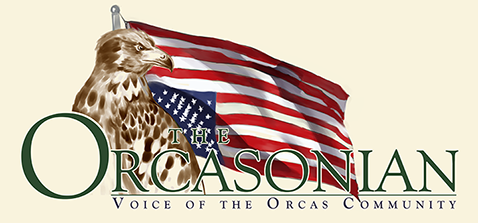
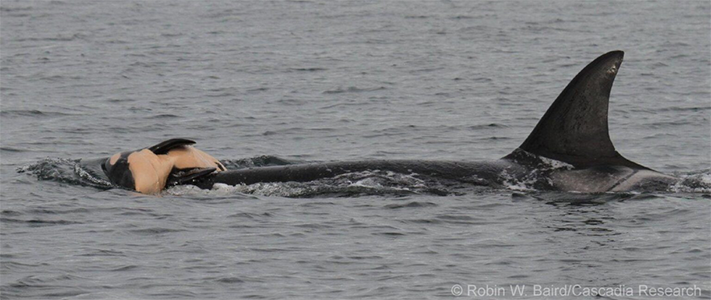

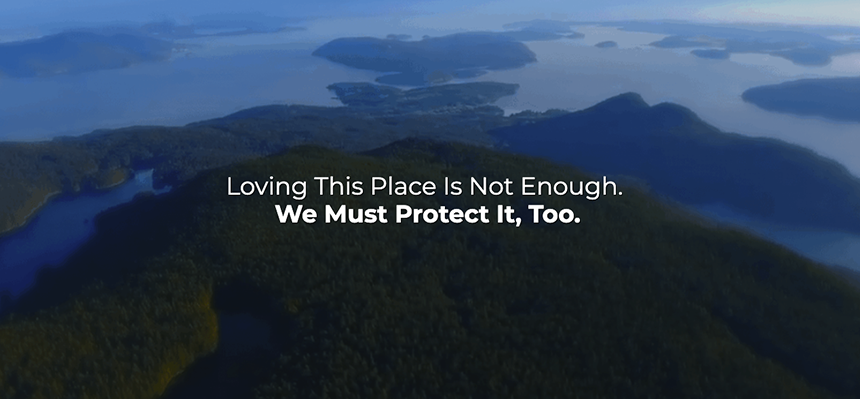
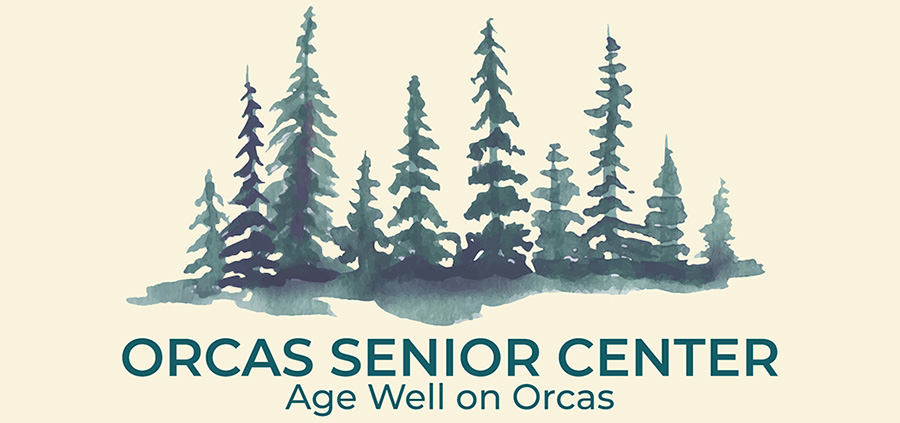



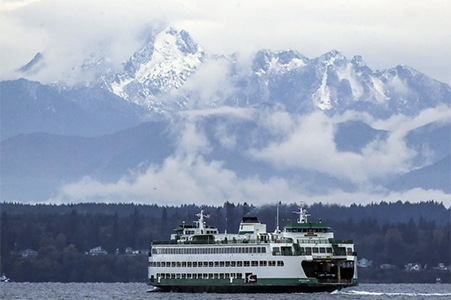
This response to the ruling is actually quite one-sided.
Of course it is important that salmon are able to return in sufficient numbers for maintaining the runs and indirectly, the species that have co-evolved with them. But it is also important to remember that the Alaskan fisherfolk are not responsible for the devastating spawning habitat destruction and historic local over-fishing, which are the main reasons chinook salmon numbers are so low. Fishing families, like sea lions and orcas, are simply harvesting some of the fish that swim past their shores and like those other marine mammals, their livelihoods are literally at stake. Missing a single fishing season is more than enough to bankrupt many fishing families. So even if the ruling eventually turned out to be in their favor, if they completely miss out on this year then it won’t even matter because they’ve lost their boat and livelihood anyway. There is more to this issue than the Wild Fish Conservancy implies.
The primary reasons the local orcas are in danger of extinction are moronic logging practices, dam construction and general environmental devastation, including warming of the North Pacific waters; which are all symptoms of human greed and shortsightedness. We should also consider that the worldwide population of orcas is actually quite stable. This sub-species of fish-eating whales are in danger of extinction because they have a very small population, their habitat hosts a large number of recently arrived humans and these whales are highly specialized in their diet. Unfortunately for them, the local orcas’ strategy of exploiting those formerly tremendous salmon runs painted them into an ecological corner. When the great salmon runs were healthy, they did extremely well, but without the runs, they are doomed. If we actually are serious about saving the local whales, then MANY things have to change; especially spawning habitat restoration and dam removal.
On a brighter note, let us not forget that less than 17,000 years ago the entire Salish Sea and northward was buried beneath a half mile thick layer of ice. Every salmon run north of Olympia is/was younger than that. So there is hope that salmon runs CAN be restored; they did it at least once before. There is also the fact that, IF the habitat is there, fish populations can rebound remarkably quickly. Any competent ecologist will tell you that habitat is what matters, individual fish not so much.
Pessimism may be fulfilled in the short term, while optimism may be fulfilled in the very long term. A year, a decade, and critically for human perception a lifetime, is often too too long for human patience, and too short for environmental recovery. At the moment, the modern human species is out of sync with the pace of nature.
Orcas are not an endangered species. They are found in every ocean on this blue globe, and their numbers are healthy.
The relatively small subspecies of Southern Residents have two species issues. By far the most serious is likely their generic inbreeding. Their sex life is difficult to study because they don’t file for marriage licenses, and have yet to file birth certificates detailing mother and father, and all of their reproductive acts are under water and not easily visible to curious scientists. But there are ways of getting DNA samples, and the early findings seem to indicate they very likely interbreed within their limited family numbers. We know that when humans clans do that, birth defects increase and long term survival is more limited because in general, most species benefit from genetic diversity. It’s likely, although not proven, to be the same with the top tier of dolphin/whale species.
Some dams are issues … but since mid-last century, dams have had fish hatchery and fish ladder mitigation construction and programs. For example. salmon returns (including Chinook) to the Columbia River are well above the return levels prior to the four lower Snake River Dam construction years. Note: Columbia River salmon counts are available starting in 1938 and easily found on the internet as public information.
However, most of the SRKW’s salmon originate from lower British Columbia streams … maybe as high as 85% NOAA estimates. Those rivers are not dammed. And SRKW’s also munch on other species … the count of other marine food sources exceed 20 species. Surprisingly, they don’t have an appetite (yet) for seals, which are a primary food source for many, if not the majority of other killer whales.
Humans of course effect many balances of nature, but I think blaming NW civilization actions for the SRKW population levels (other than the Penn Cove brutal round-up for aquariums) is likely not the fundamental reason for their sub -species numbers being relatively static.